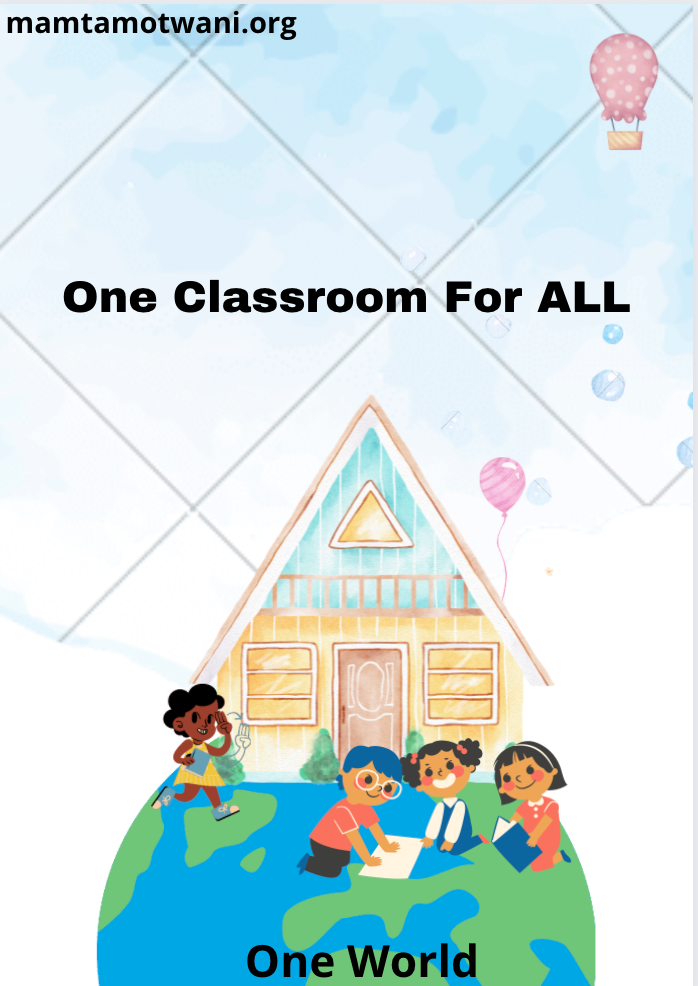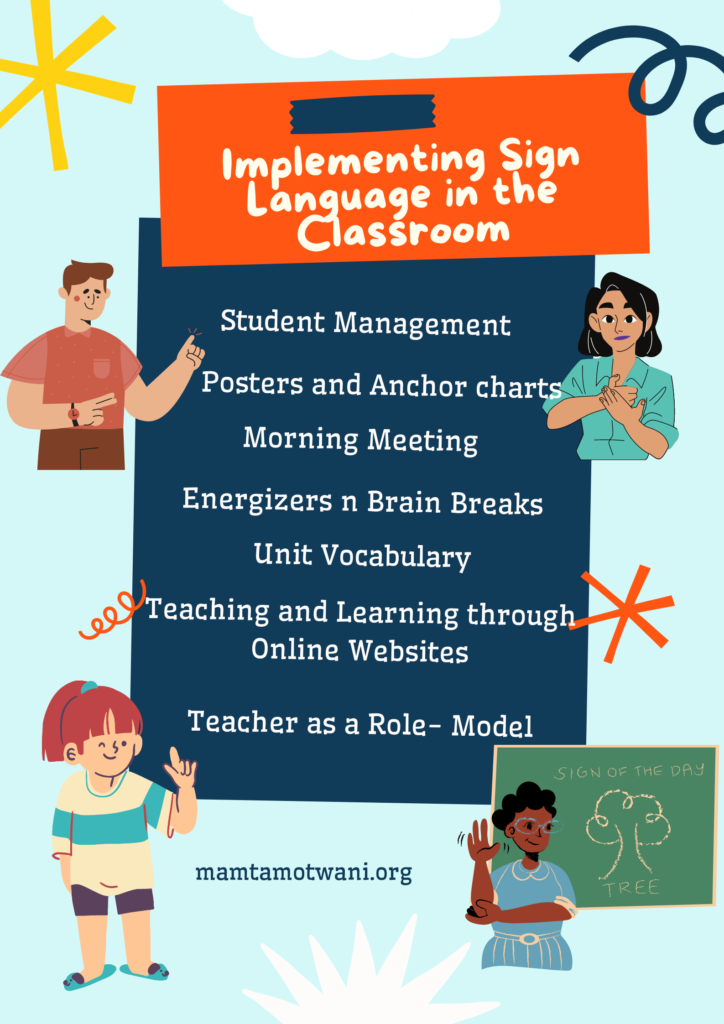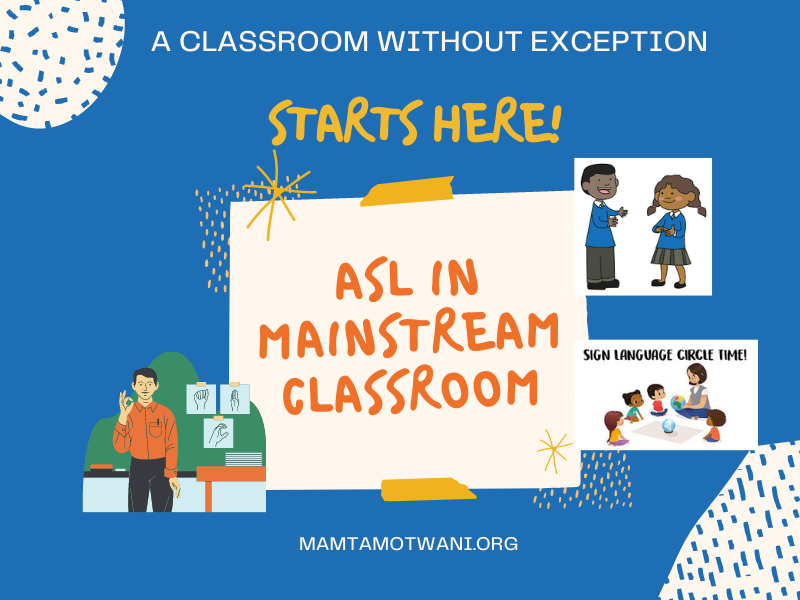One World, One Classroom

Can we truly have an inclusive classroom that leads one step closer to an inclusive world?
I recently attended a workshop of a few high school students who spoke about what must be done to include profoundly deaf people in our world which is so sadly separated from theirs. Those 15-year-olds taught me the real meaning of inclusivity. Within one world, we have created separate worlds of people with different abilities. How many of us have ever cared to learn sign language to be able to include the deaf and dumb in our social circle? How many schools admit deaf and dumb in their mainstream classrooms? The question is not whether they can join us. The question here is ‘Are we ready to learn their language so we can truly bring about inclusivity?’
There are many case studies of deaf children and people who have been equally or more successful at communication and in careers such as music that depend on hearing.
We have been teaching our students about Sustainable Development Goals. SDGs are designed to bring people together to improve life for all around the world. Isn’t inclusivity at the heart of SDG 4: Quality Education which talks about ensuring inclusive and equitable quality education and promoting lifelong learning opportunities for all.
We are a long way from complete inclusivity. But we need to begin somewhere. Including Sign Language in the curriculum of mainstream education right from a pre-primary level is a step in that direction. Yes, I understand that adding another instructor may not be in the school budget or adding another period in the timetable may not be practical.
Here are some practical ways of implementing Sign Language in the classroom:

1. Teachers can take the initiative to learn sign language themselves and set an example and encourage the children to do the same.
2. The teachers can embrace basic signs for classroom management and quick feedback.
3. Put up a new poster of the basics to begin with, such as numbers, letters, greetings, commonly used statements.
4. Use five minutes in the morning meeting to learn something new in sign language. The children can take turns to teach to involve them in their own learning.
5. Use fun energizers and brain breaks that use sign language. For example, sing a song by replacing some words of the song or the chorus using sign language, dumb charades: the children fingerspell the word instead of acting it out, Around the Room Activity: the children read task cards with sign language and write their answers in the recording sheet. It can be fun and challenging.
6. The vocabulary of the unit can also be taught using sign language. The children learn best when taught in a context.7. Use free websites available that teach sign language to children. The school can register for a free program that teaches sign language and it can be used throughout the school. Five minutes of the morning meeting can be dedicated to learning from the website as a class.
Research has proved that the use of sign language has led to improvement in communication skills in children with cognitive disabilities, language disorders, and autism. Children learn from a very young age that speech has a visual representation. It teaches children the importance of using gestures. Some children learn better what they hear while some learn better when they see. Adding movements and gestures helps the children to retain better enhancing their receptive and expressive language. ASL not only supports and boosts our language development but also brain development.

Sign Language is a win-win for all. A bridge that closes the gap. We want children to take their learning into society. Learning sign language in school, including deaf and dumb children in mainstream education, will bring our separate worlds together and make, just how it is meant to be.

Are you ready to take on the challenge and do what is right?
Are you ready to take baby steps towards learning sign language?
Are you ready to prevent deaf people from being isolated?
Are you open to adding Sign Language in Mainstream education?
By Mamta Motwani
Educationist
